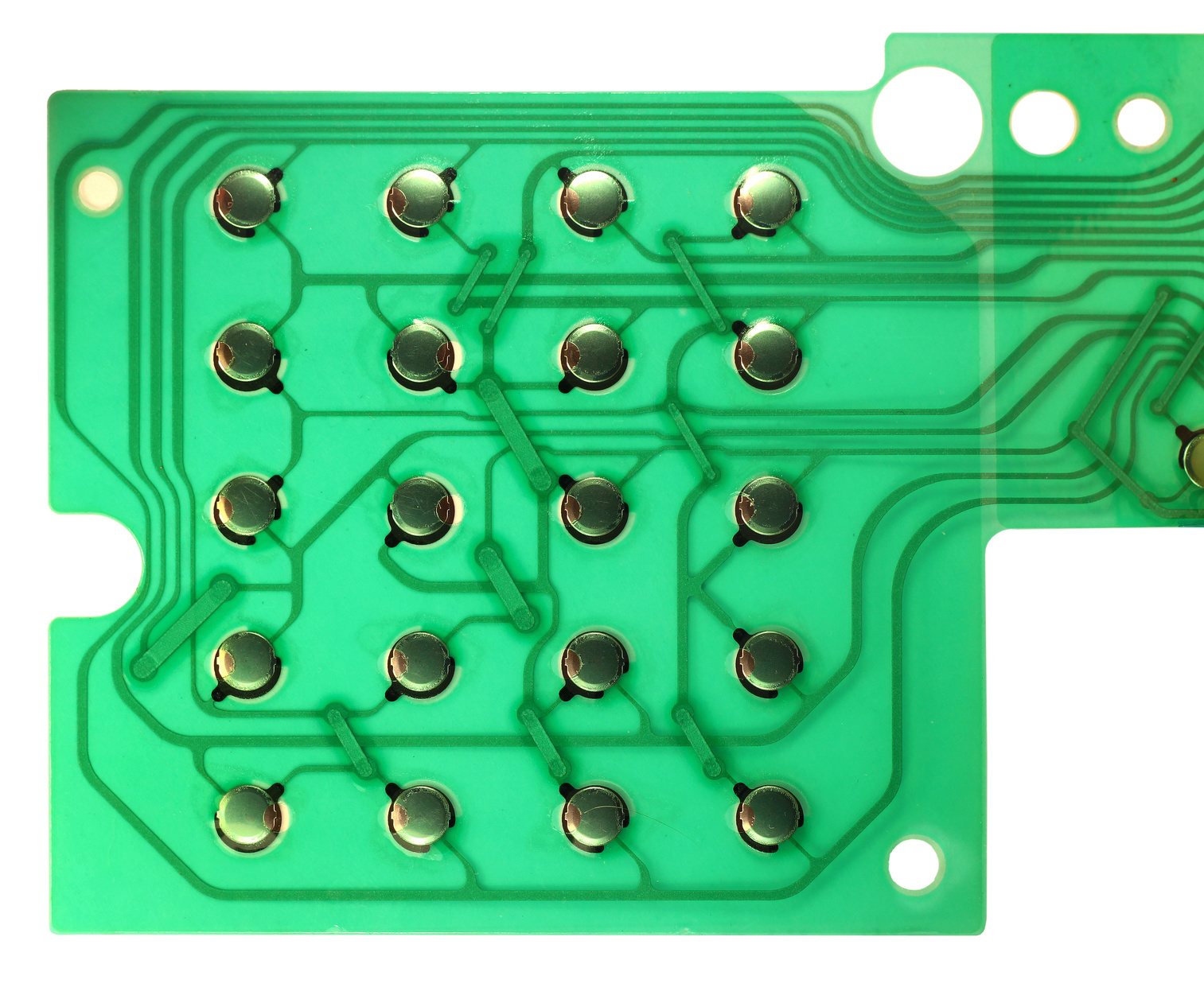How a Membrane Switch Boosts User Experience and Tool Performance
How a Membrane Switch Boosts User Experience and Tool Performance
Blog Article
How Membrane Layer Changes Add To the Resilience of Electronic Control Panels
Membrane layer buttons play a critical role in enhancing the longevity of electronic control panels, largely via their multi-layered building which provides reliable protection against environmental elements such as moisture and dirt. The lack of moving parts considerably decreases the likelihood of mechanical failures, making membrane layer switches ideal for demanding applications.
Definition of Membrane Layer Buttons

Membrane layer buttons are created to be slim and lightweight, making them appropriate for applications where area is limited. They can be made in various shapes, sizes, and colors, providing adaptability in layout that satisfies aesthetic and practical needs. In addition, membrane layer switches can include various modern technologies, such as responsive comments and LED indicators, improving user experience.
Due to their construction, membrane switches are often resistant to dust, moisture, and basic wear, contributing to their sturdiness sought after atmospheres. Their smooth layout not just promotes very easy cleaning but additionally lessens the threat of mechanical failing, making them a recommended selection for manufacturers seeking trusted user interfaces in their electronic control panels.
Protection Against Environmental Variables
The layout of membrane layer changes naturally provides a level of security against various ecological aspects, which is important for maintaining performance in difficult conditions - Membrane Switch. These buttons are typically built with layers of versatile products that secure interior components from dampness, dirt, and pollutants. By encapsulating the circuitry, membrane switches over lessen the risk of brief circuits and rust, which can considerably impair efficiency
Furthermore, using robust adhesives and sealers throughout production improves their resistance to environmental obstacles. Membrane layer switches can sustain exposure to chemicals and solvents, making them ideal for markets such as food handling and healthcare, where health and tidiness are extremely important. Their seamless surface area style additionally prevents the buildup of dirt and microorganisms, assisting in easier cleaning and upkeep.
Temperature level changes are an additional environmental worry, and membrane layer buttons are engineered to function successfully across a wide variety of temperatures (Membrane Switch). This versatility makes sure that control panels continue to be functional in different setups, from commercial environments to customer electronics
Effect On Customer Communication
Individual interaction with digital control panels is dramatically affected by the design and performance of membrane layer buttons. These buttons give a responsive user interface that enhances the general customer experience, permitting user-friendly navigating and control. Their receptive nature makes certain that users receive instant feedback upon activation, which is important for jobs needing accuracy and performance.
In addition, the smooth surface area of membrane layer changes facilitates very easy cleansing and upkeep, promoting individual confidence in the dependability of the interface. This tidiness is specifically important in environments where hygiene is critical, such as medical or food processing setups. Additionally, the small and lightweight design of membrane switches over adds to the visual allure of control board, urging customer involvement with a contemporary and sleek appearance.
Furthermore, the assimilation of aesthetic components, such as published icons and backlighting, helps individuals rapidly identify features, lowering the finding out curve connected with new equipment. As an outcome, users can run gadgets better, resulting in increased performance and satisfaction. In recap, membrane buttons play a crucial duty in improving user communication by combining capability, aesthetics, and convenience of usage, ultimately leading to enhanced operational performance.
Layout Versatility and Personalization
Design adaptability and customization are necessary elements of membrane layer switches, making it possible for makers to tailor electronic control board to specific applications and individual demands. This flexibility enables the integration of numerous layout components, such as shades, graphics, and textures, which can enhance the aesthetic charm and user interaction of the control panel.
Membrane buttons can be customized in size and form, fitting a variety of tools and applications, from commercial equipment to customer electronics. This versatility makes sure that manufacturers can create user-friendly user Web Site interfaces that align with individual assumptions and functional requirements. Furthermore, the capability to include unique functions such as backlighting or tactile feedback further boosts use, enabling a much more interactive experience.
Moreover, the production process for membrane switches supports the rapid prototyping of designs, allowing producers to repeat and fine-tune their principles quickly. This capacity not only increases the growth timeline however likewise makes certain that the end product satisfies particular useful and aesthetic standards.

Cost-Effectiveness and Durability
Cost-effectiveness and durability are substantial advantages of membrane layer buttons, making them an attractive choice for suppliers and end-users alike. These switches are typically more economical to create than typical mechanical buttons, mainly due to their streamlined production procedures and the lowered variety of elements called for. This cost advantage extends not just to first manufacturing but also to long-lasting functional expenses, as membrane switches commonly call for less upkeep and have a reduced failure price.
Furthermore, the longevity of membrane layer switches adds to their total value. Created from durable products, they are immune to ecological aspects such as moisture, dust, and chemicals, which can result in early wear in various other button types. here are the findings The lack of moving parts minimizes mechanical failing, enabling membrane changes to preserve capability over expanded periods.
This sturdiness is specifically advantageous in applications calling for regular efficiency under demanding problems, such as clinical gadgets and commercial equipment. Ultimately, the combination of cost-effectiveness and long life makes membrane layer switches over a financially viable option for makers, supplying reliable solutions that hold up against the test of time while maximizing budgetary factors to consider.
Final Thought
In final thought, membrane switches significantly boost the durability of digital control panels with their robust building see this and construction and protective features - Membrane Switch. In general, membrane layer switches over stand for a dependable and cost-effective selection for improving the durability and capability of digital control systems.
Report this page